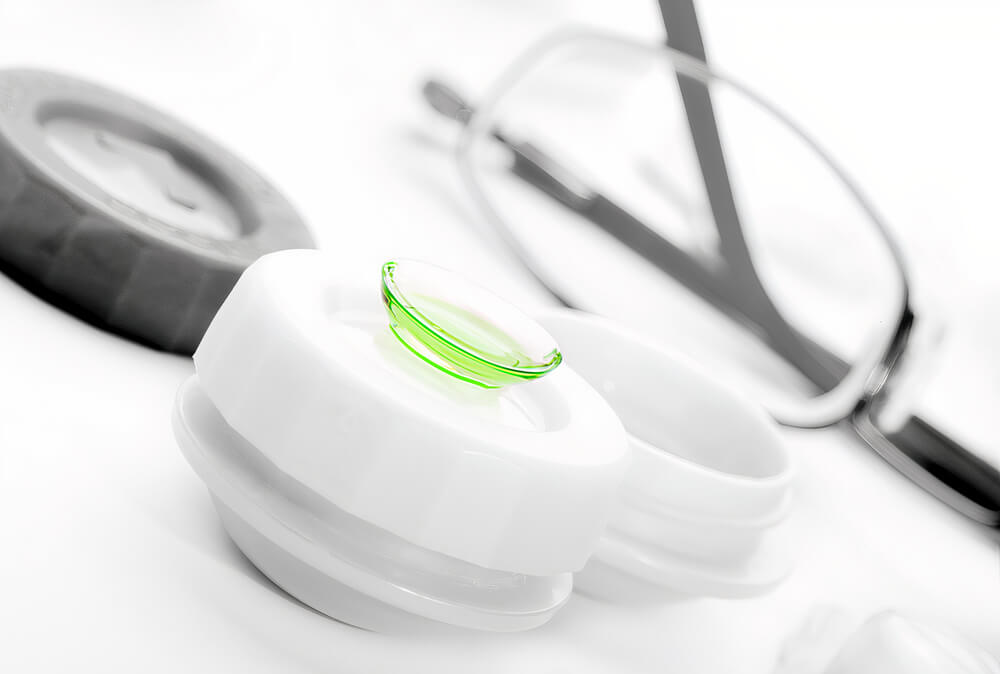Treatment of hyperopia

Treatment of hyperopia focus on correction of the refraction errors, halting the development of amblyopia and prevention of strabismus, recurrent conjunctivitis, and its complications. Treatment measures includes
1- Non-surgical correction of hyperopia
Corrective lenses are the first choice in treatment of refractive errors. In hyperopia, if not associated with other diseases, the diminished visual acuity could be corrected by eyeglasses. To correct hyperopia, biconvex lenses are prescribed to help focusing the light rays on the retina. There are some important rules to follow when prescribing eyeglasses such as:
-
- In children with total hyperopia, the degree of hyperopia is determined by retinoscopy with complete cycloplegia
- In symptomatic hyperopia patient, especially in children and young adults, a full correction to the refraction error is mandatory
- In small errors e.g., +1 diopters or less, no correction is usually needed unless the patient is symptomatic
- Young children -before school age- can tolerate full cycloplegic correction, but should be closely monitored, and may be tarped later
- Older children may not be comfortable with the full correction of hyperopia. Correction can be increased gradually
- Children with hyperopia should be rechecked every six months
- Astigmatism should be fully corrected
- Accommodative squint needed a full cycloplegic correction of hyperopia
- If the patient developed amblyopia or lazy eye, a full correction with occlusion therapy is required
The American academy of ophthalmology (AAO) guidelines
prescribing eyeglasses in young children with hyperopia depends on multiple key factors. These factors include:
-
- Isometropia:it means both eyes have similar refractive errors
- Anisometropia:it means there are non-similar refractive errors in both eyes
- Prescence or absence of strabismus
In cases of isometropia, the eyeglasses are prescribed if the child has hyperopia of +3.5 diopters or more, in young children -below 2-year-old- is prescribed an eyeglass in cases of hyperopia of +4.5 diopters.
In cases of hyperopic isometric patient with accommodative squint, an eyeglass is prescribed when the refraction is +1.5 or +2 diopters.
In cases of anisometropia without strabismus, the patient should be prescribed an eyeglass in cases of
-
- In young children with hyperopia of +2 diopters
- In children from two-year-old to four-year-old with hyperopia of +1.5 diopters
The contact lenses are another option for optical correction, the use of the contact lenses is usually due to
-
- Aesthetic replacement to the eyeglasses
- If there were hyperopia in only one eye
- Anisometropia with high difference of the refractive errors between the two eyes


